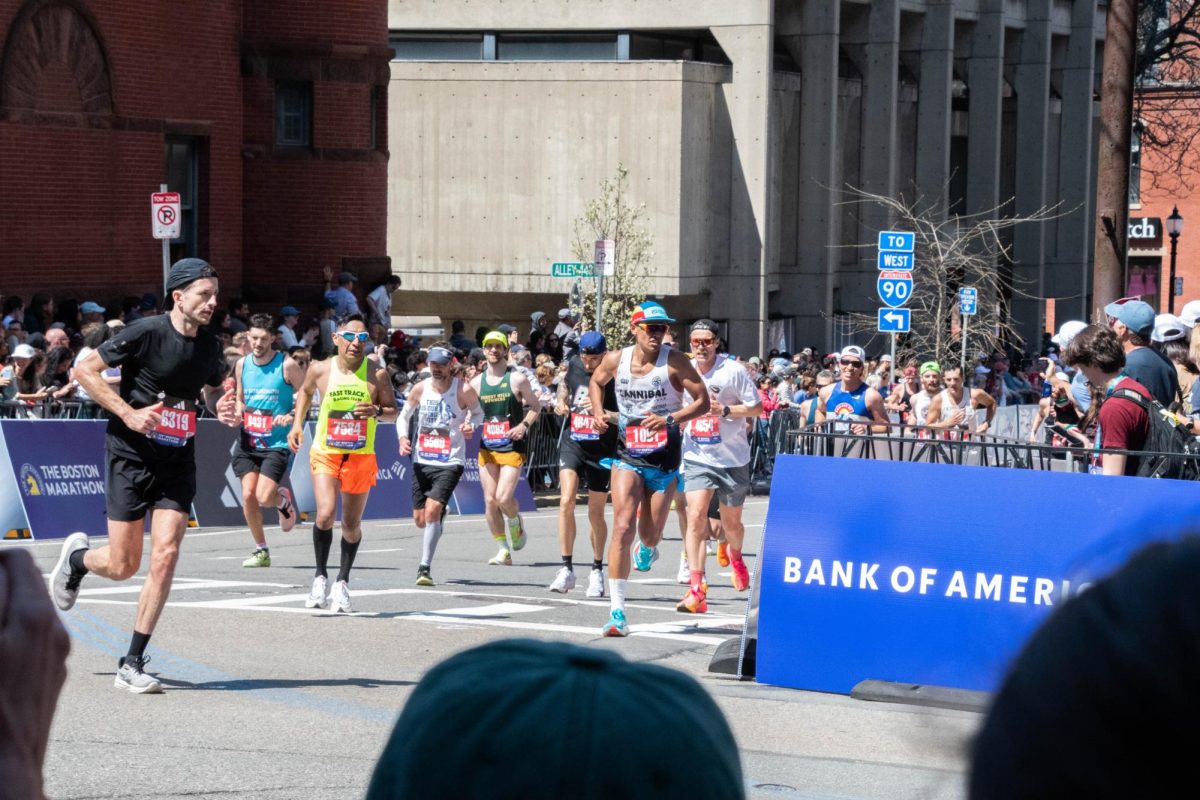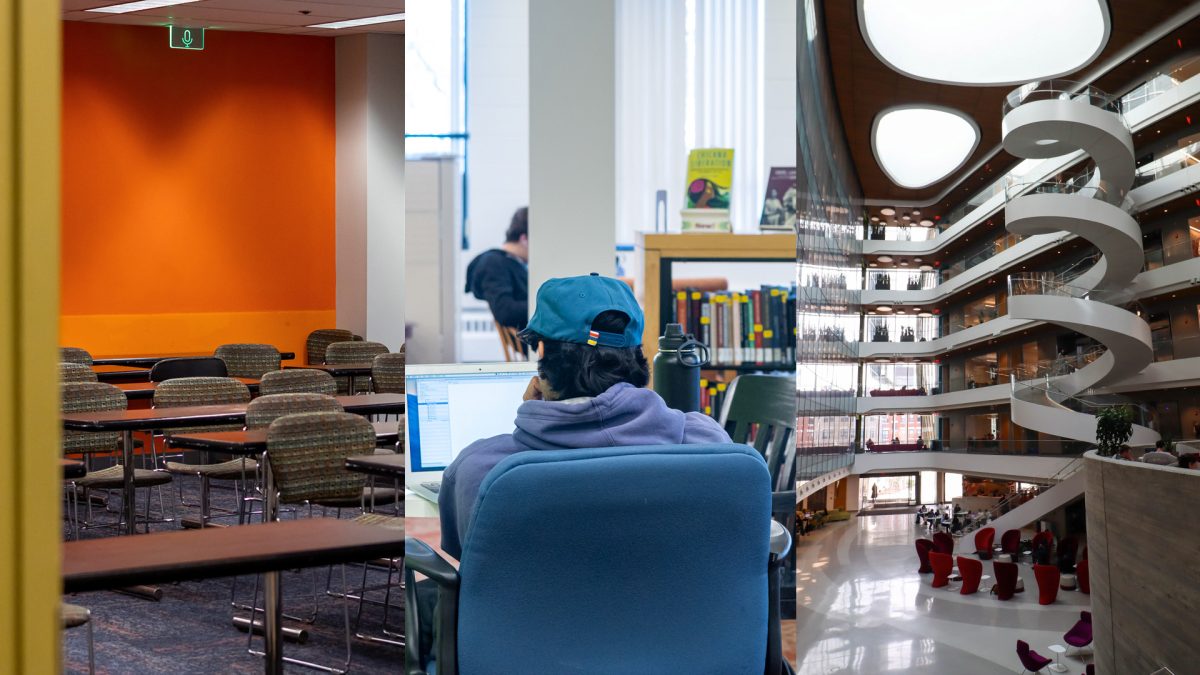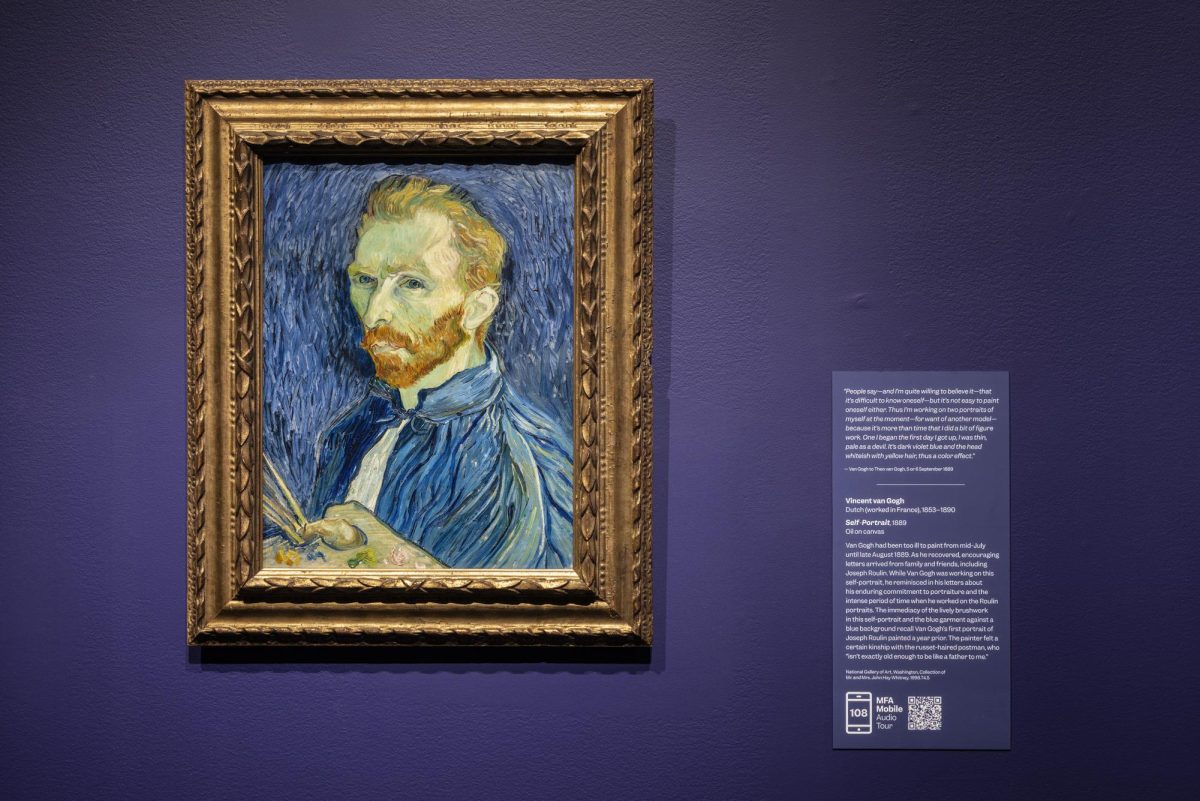
By Juan A. Ramirez, A&E columnist
Midway through “Even Lovers Get the Blues,” a Belgian film that screened as part of this year’s Wicked Queer film festival, one of the characters narrates her thought process as she prepares for her first night out since the death of her boyfriend. As the voiceover gains a sort of slam cadence, it segues briefly into a sung free verse poem before cutting to another scene. I could hear the audience murmur.
Later, two characters wake up and dive straight into an incongruous song about their polyamorous relationship. The audience didn’t quite know how to respond; some chuckled, others projected quizzical looks. The movie, to clarify, is not a musical.
However jarring these abrupt flights of fancy might be, they provide the film—already a strong tone poem on themes of attraction, independence and monogamy—a dazzlingly imaginative edge, never registering as phony or artificially “artsy.” It only took a few seconds for everyone to get completely on board with the notion that, in two particular instances, only through song could these otherwise realistic characters express themselves. What might’ve been laughable at first was quickly accepted. The thought lingered: How often does a film elicit an honest, knee-jerk reaction like this?
Artistic flourishes like these show an innate understanding that film is just one of the media we use to tell stories, one which doesn’t have to exist separately from others. Even if the combination of more than one—say, music and film—isn’t entirely successful, or is off-putting in its directness, it is still an exercise in creation.
Most films, in their linearly narrative ways, have conditioned us to rely on the sameness of expectation. We often forget that the point of art is to move us, not just with plot twists and punchlines but with the audacity that comes from genuine expression. If we find ourselves amused, disgusted or challenged, well at least we felt something.
It’s easy to fall prey to the belief that film is merely a mechanical extension of theatre or literature, but, more often than not, it is at its most sublime when taking advantage of the native tools only cinema can use. Take the camera: Too often, the elastic possibilities afforded by a camera are discarded in favor of simply recording staged human action, but techniques like zoom, forced perspective and time-lapse were not created in order to be forgotten.
True, these tactics call attention to themselves—and, if executed poorly, can detract from the overall film—but then so does all art. Van Gogh didn’t layer and swirl paint to remain neutral and go with the flow.
The best way to tell a story is to honor the honesty of the material. Just like one might adopt a higher pitch or slower pace while recounting different parts of an anecdote, a filmmaker should know when to deploy the appropriate tools at their disposal.
“Lovers,” which is largely shot in fairly standard terms, comes most alive when submitting itself to the characters’ worlds. Club scenes are disorientingly colorful, a camping trip is shot in placid, subdued takes and instances when emotions run too high to ignore are dealt with accordingly—be it through song, silence or shadows.
Of course, this isn’t a revolution in cinema. Some of the most memorable moments in film history became known as such because of their outré sensibilities. Spielberg’s iconic dolly zoom as Chief Brody first spots an attack in “Jaws,” Kubrick’s aggressive jump cut between an animal bone and a space satellite in “2001: A Space Odyssey,” Tarantino drawing a box as Uma Thurman tells Travolta not to be a square—all are moments which use film equipment and techniques to their full advantage and consequently become engrained in our culture.
Still, after the colossal disappointment that was “La La Land” (sorry), a burst of pure creativity in film would be a welcome surprise. Movie magic should not be as imperiled as it currently is, and with no excuse. Have it rain neon blue if a character is out-of-this-world happy, cover the lens in gauze if they are dreaming, treat film as a human tool rather than a precious altar on which to sacrifice all creativity. Done properly—or, attempted at all—the results are never far from thrilling.














